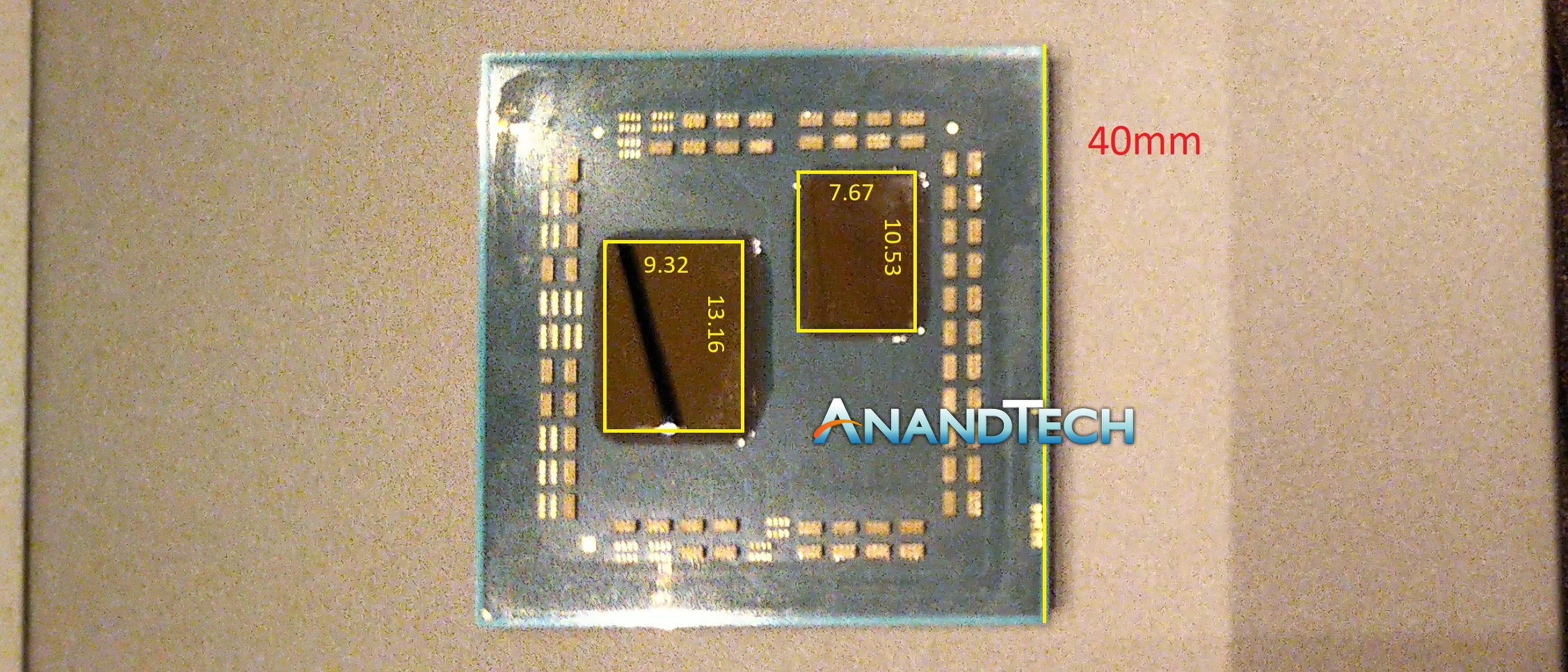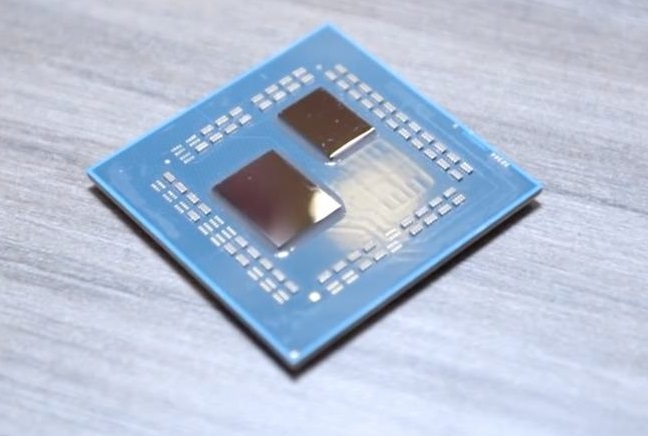In regards to the SSD: While I certainly believe some sort of solid state implementation is an absolute necessity going in to the next generation and I'm relieved that Sony have confirmed it; I'm hoping that Cerny's reference to "SSD storage" is a simplification and is in regards to a large cache/scratchpad on the motherboard -- perhaps in the ~120-160GB region -- and not the primary mass storage device.
Even with price reductions, I can't see an SSD above 1TB being feasible; and with ever-increasing game sizes, I think 2TB is a much more reasonable default capacity for the next generation.
I still believe the most logical solution at this point is a 2TB HDD + ~120-160GB Hi-Speed NAND Cache/Scratchpad..
..this provides large default storage, easy/cheap user upgradeability for the average Joe, all of the advantages of solid state storage once the game is loaded in to memory and provides developers with a known spec to work to (speed and latency) that isn't going to be altered by the end user. The only disadvantage I see is a slower initial load for a game that hasn't been run recently.
The only advantages I see for a single large SSD is the aforementioned initial load of less recently used software and a negligible reduction in the size/complexity of the console unit itself..
One option is of course expandable external storage, but even an SSD attached via USB 3.1 Gen2 is going to be limited compared to the next gen speeds Cerny is suggesting here and should Sony wish to provide devs with a known spec, it will require a cache on the single internal SSD which will take up precious drive space there. Another option is an additional expansion slot in the console for another high speed drive or simply allowing the user to swap the main drive as you effectively can now.
But, either way you're mandating certain specs for additional storage solutions to the average Joe which will further complicate matters, or you risking degrading performance.
As I say, my favourite all-round solution -- thinking of the bigger picture and the average end-user -- is:
1) 2TB 2.5" HDD Mass Storage + ~120-160GB High Speed NAND Cache
And if they're totally set on primary storage being a large SSD:
2) 1TB 'Next-Gen' SSD + Additional Internal NVMe Expansion Slot..
..with an official and competitively priced selection of Sony/PS expansion drives which makes it simple for the casual user to upgrade while also mandating minimum specs for and/or curating a list of approved third-party drives which will not degrade performance; providing power users with more choice.
-------
-------
In regards to 8K: I like most others want to see most most games sticking between 4K Reconstruction and 4K Native; and I very much doubt that all but the smallest, simplest games will push beyond those.
But, seeing as it is in the HDMI spec, there's little harm in allowing the console to simply output 8K, have 8K upscaling, having the console UI capable of rendering in 8K and perhaps support for 8K media.
-------
-------
...
VR demands 3D audio. For PSVR they had it in an external processing box, now they can move it internally [which will reduce the price for PSVR2].
A great point. And as a bonus it can be utilised for headphones in conventional games; and I suspect that both surround sound systems and even TV audio will at least garner a small benefit when it is used as a basis.
-------
-------
When it comes to
ray tracing I'd just be happy to have it utilised for shadows and select reflections with VCT/SVOGI-like solutions being used as the backbone for more dynamic worlds.
I'd love to see accurate reflections in the mirror-like windows of the skyscrapers in Spider-Man.
-------
-------





